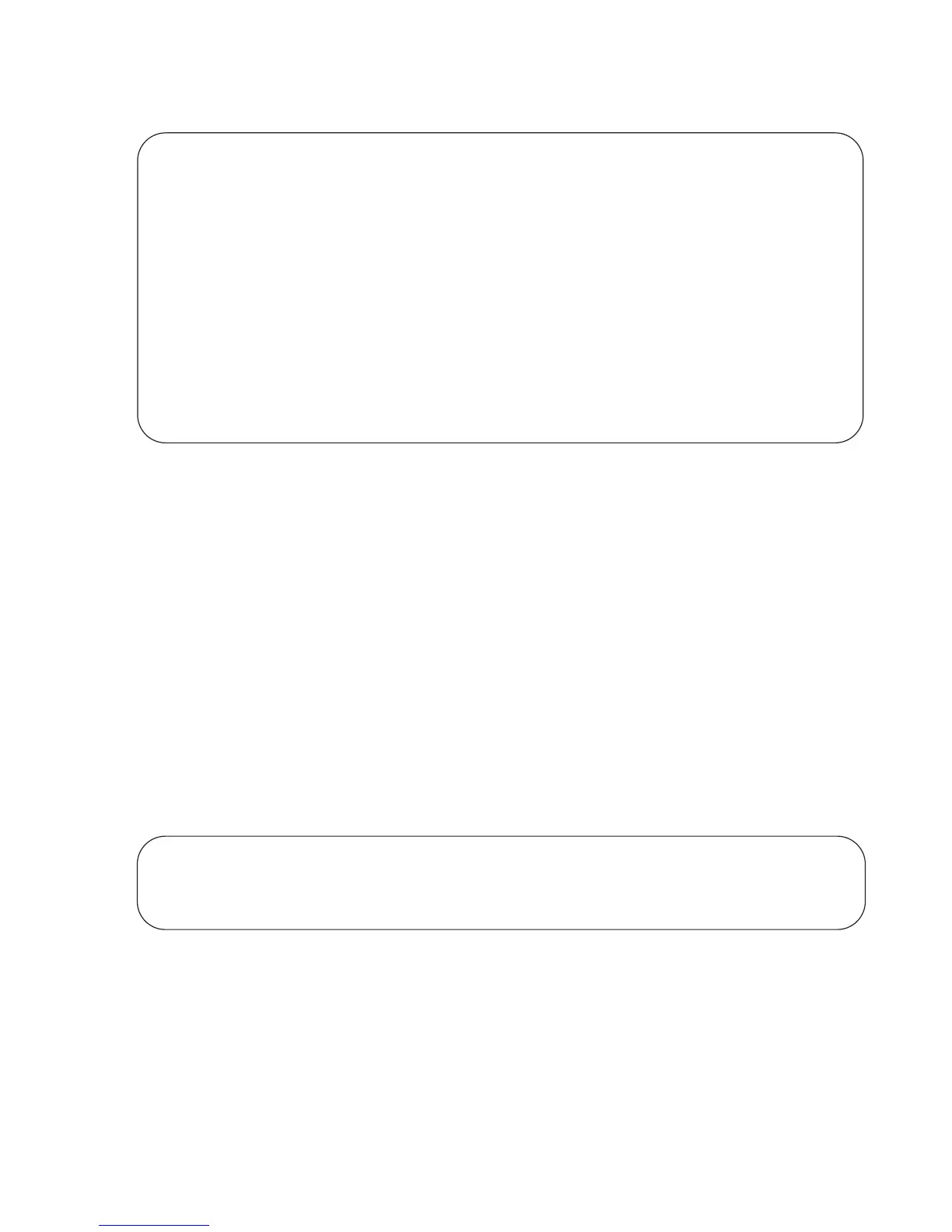Quality of Service (QoS) | 823
Figure 39-7. Displaying How Your Rate Limiting Configuration Affects Traffic
Configure Port-based Rate Shaping
Configure Port-based Rate Limiting is supported only on platform c e s
Rate shaping buffers, rather than drops, traffic exceeding the specified rate until the buffer is exhausted. If
any stream exceeds the configured bandwidth on a continuous basis, it can consume all of the buffer space
that is allocated to the port.
• Apply rate shaping to outgoing traffic on a port using the command
rate shape from INTERFACE
mode, as shown in Figure 39-8.
• Apply rate shaping to a queue using the command
rate-shape from QoS Policy mode.
Figure 39-8. Applying Rate Shaping to Outgoing Traffic
FTOS Behavior: On the C-Series and S-Series, rate shaping is effectively rate limiting because of its smaller
buffer size. On the S4810, rate shaping on tagged ports is slightly greater than the configured rate and rate shaping
on untagged ports is slightly less than configured rate.
FTOS#show interfaces gigabitEthernet 1/1 rate limit
Rate limit 300 (50) peak 800 (50)
Traffic Monitor 0: normal 300 (50) peak 800 (50)
Out of profile yellow 23386960 red 320605113
Traffic Monitor 1: normal NA peak NA
Out of profile yellow 0 red 0
Traffic Monitor 2: normal NA peak NA
Out of profile yellow 0 red 0
Traffic Monitor 3: normal NA peak NA
Out of profile yellow 0 red 0
Traffic Monitor 4: normal NA peak NA
Out of profile yellow 0 red 0
Traffic Monitor 5: normal NA peak NA
Out of profile yellow 0 red 0
Traffic Monitor 6: normal NA peak NA
Out of profile yellow 0 red 0
Traffic Monitor 7: normal NA peak NA
Out of profile yellow 0 red 0
Total: yellow 23386960 red 320605113
FTOS#config
FTOS(conf)#interface gigabitethernet 1/0
FTOS(conf-if)#rate shape 500 50
FTOS(conf-if)#end
FTOS#

